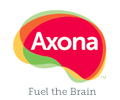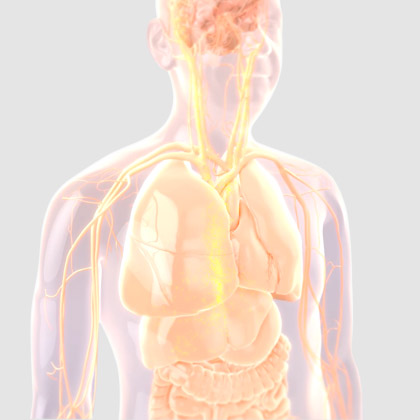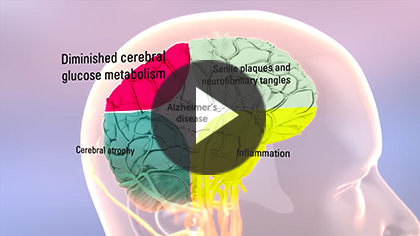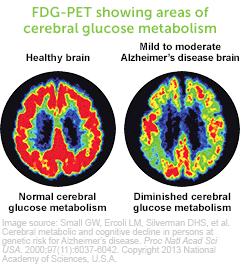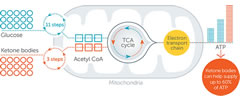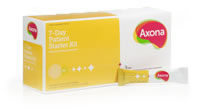Axona mechanism of action
Axona provides medium-chain triglycerides to the body that can be metabolized into ketone bodies, which may be utilized by the brain as an alternative source of fuel1,2
- Medium-chain triglycerides (MCTs) have long been known to be ketogenic because they contain medium-chain fatty acids (MCFAs) that do not require activation to enter mitochondria1,3
- MCTs in Axona are metabolized in the liver to form ketone bodies. These ketone bodies readily cross the blood-brain barrier to provide fuel for starving neurons1
Metabolism of Axona2,4
- 1. Gut
- MCTs in Axona are emulsified in the gut lumen, where gastrointestinal lipases hydrolyze them to MCFAs.
- 2. Portal vein
- MCFAs are absorbed directly into the portal vein.
- 3. Liver
- In the liver, MCFAs are quickly oxidized. Because MCFAs enter the liver rapidly, a large oral dose of MCTs will result in sustained hyperketonemia.
- 4. Bloodstream
- The liver cannot use ketone bodies, so they are released into the circulation to be used by other tissues.
- 5. Cerebral neuron
- Ketone bodies cross the blood-brain barrier and address diminished cerebral glucose metabolism.
